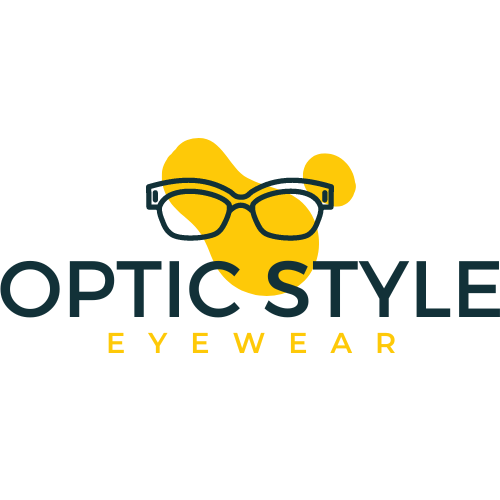The world of manufacturing has been revolutionized with the introduction of 3D printing. While initially used for prototyping and creating small objects, it has now evolved to a stage where it can influence a vast number of industries, including eyewear. Custom eyewear might sound like a luxury, but with 3D printing, it is becoming an attainable reality for many.
First, let’s understand what 3D printing is. Also known as additive manufacturing, 3D printing is a process where a three-dimensional object is created by adding material layer by layer. It offers several advantages over traditional manufacturing techniques, such as injection molding or CNC machining. The ability to create complex designs and prototypes quickly and at a lower cost is what sets 3D printing apart.
When it comes to custom eyewear, one size does not fit all. People have different face shapes, head sizes, and style preferences, which can make it difficult to find the perfect pair of glasses off the shelf. This is where 3D printing comes into play. By scanning a person’s face or taking precise measurements, designers and manufacturers can create eyewear that fits perfectly, offering comfort and style tailored to each individual.
One of the main advantages of 3D printed custom eyewear is the freedom it provides in terms of design. Traditional manufacturing methods often limit the complexity and creativity due to the constraints of the molding or machining process. With 3D printing, designers can let their imaginations run wild and create unique, intricate designs that were not possible before. This opens up a whole new realm of possibilities for eyewear fashion, allowing individuals to express their personality and stand out from the crowd.
Additionally, 3D printing enables rapid prototyping, which is particularly beneficial for eyewear manufacturers. Instead of investing in expensive molds or tooling, they can quickly iterate and test different designs to find the perfect fit and style. This reduces the time and cost involved in the development process, ultimately leading to more innovative and personalized eyewear options for consumers.
Furthermore, 3D printing allows for customization beyond design. Eyewear manufacturers can also personalize the fit and functionality of each pair of glasses. For example, individuals with specific vision requirements can have their prescription lenses seamlessly integrated into the frame, ensuring optimal vision correction. The possibilities are endless, from adjustable nose pads and temple lengths to unique color combinations and embellishments.
The future of custom eyewear lies in the intersection of technology and personalization. 3D printing is paving the way for a more consumer-centric approach to eyewear manufacturing. It eliminates the need for mass-produced, one-size-fits-all products and instead brings made-to-order eyewear into the mainstream. With advancements in scanning technology and materials, the process of creating custom eyewear is becoming more accessible, efficient, and affordable.
Although 3D printed custom eyewear is still a niche market, it has immense potential for growth. As the technology continues to evolve and become more mature, we can expect to see a significant shift in the eyewear industry. Customization will become the norm, and traditional manufacturing methods may gradually be replaced by 3D printing.
In conclusion, 3D printing has reshaped the future of custom eyewear. It offers endless design possibilities, rapid prototyping, and personalized fit and functionality. As the technology continues to evolve, we can anticipate a future where custom eyewear becomes the standard, allowing individuals to find their perfect pair of glasses that not only looks great but fits perfectly. The era of mass-produced eyewear is slowly fading, making way for a new age of personalized fashion and individuality.
